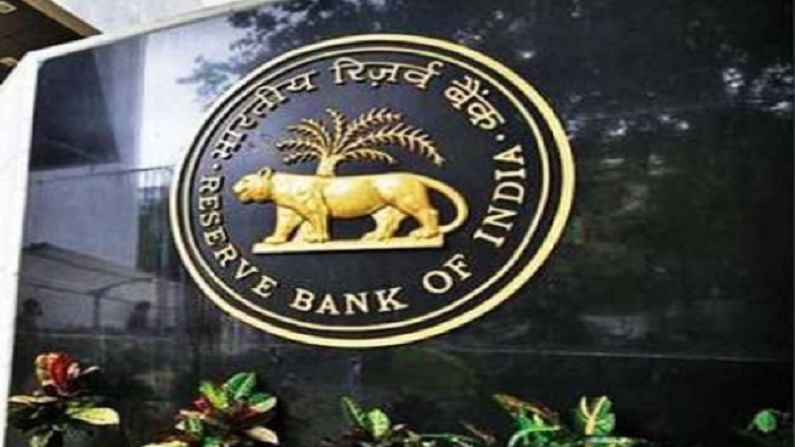Covid-19 second wave hits consumer credit demand sharply
Even customers in the low-risk tiers report downward momentum while consumer credit portfolios of non-PSBs see signs of stress, says RBI report

The second wave of the Covid-19 pandemic has sharply affected consumer credit demand, with a steep fall in inquiries across product categories in April 2021, says the latest Financial Stability Report released by the Reserve Bank of India on July 1 2021.
It said consumer credit deteriorated after the loan moratorium programme came to an end in September 2020. As per the report, the customer risk distribution of the credit active population underwent a marginal shift towards the high-risk segment in January 2021 relative to January 2020.
Consumer credit includes home loans, loans against property, auto loans, two-wheeler loans, commercial vehicle loans, construction equipment loans, personal loans, credit cards, business loans, consumer durable loans, education loans and gold loans.
“In terms of credit risk migration, even low-risk tiers are showing downward momentum. Consumer credit portfolios of non-PSBs are seeing incipient signs of stress,” said the report.
Consumer credit demand stabilised in Q4FY21
The overall demand for consumer credit had stabilised in the fourth quarter of 2020-21 after a sharp rebound during the festive season in the third quarter after the first wave of the pandemic receded.
The report said loan approval rates remain healthy as the risk tier composition of inquiries shows a distinct tilt towards better-rated customers. Growth in consumers with at least one outstanding credit account (called credit active consumers in banking parlance) and outstanding balances, however, remains sluggish as against the numbers posted a year ago.
In the housing market, says the report, the slowdown witnessed even before the onset of the pandemic bottomed out in the first quarter of 2020-21. During the third and fourth quarter, residential housing property registration and sales across major cities exceeded their pre-pandemic average levels. According to the report, this was largely aided by stamp duty cuts by some states, unmet demand during the Covid-19 related restrictions in the first six months of 2020-21, as well as the moderation in interest rates.
Although the level of housing inventory remains elevated, it has come down in the recent period due to lower new launches in relation to sales; new launches in premium and sub-premium categories, however, remain robust.
House Price Index increased in Q4
All-India House Price Index (HPI) increased year-on-year by 2.7% in the fourth quarter visa-vis 3.9% growth a year ago. On a sequential quarter-on-quarter basis, all-India HPI growth rate moderated to 0.2% in the fourth quarter, says the report.
In the latest round of the systemic risk survey (SRS) conducted during April-May 2021, all the broad categories of risks to the financial system (such as global, macroeconomic, financial market, institutional, and general risks) were perceived as ‘medium’ by the panellists, the report said.
The risks for several sub-categories (such as commodity price risk; domestic growth and inflation; fiscal deficit; corporate vulnerabilities; equity price volatility; credit growth; banks’ assets quality; capital requirements; and cyber risk) were, however, rated as ‘high’.
“A majority of the respondents expected deterioration in the growth prospects of the Indian banking sector over the next one year. They also expected a decline in credit demand over the next three months due to pandemic-related restrictions in different parts of the country and postponement of discretionary spending by consumers. The impact of the shutdown of economic activity across states may moderate consumer demand, reduce income and payment capacity of borrowers, which might lead to deterioration in average credit quality and weigh on the balance sheet of banks.”
Respondents were unequivocal that the second wave of the pandemic would adversely impact employment, productivity and wages in the short-term. Construction and real estate, tourism and hospitality, aviation, retail and entertainment are assessed to have borne the brunt of the second wave. Over 60% of the respondents predicted economic recovery after the second wave.